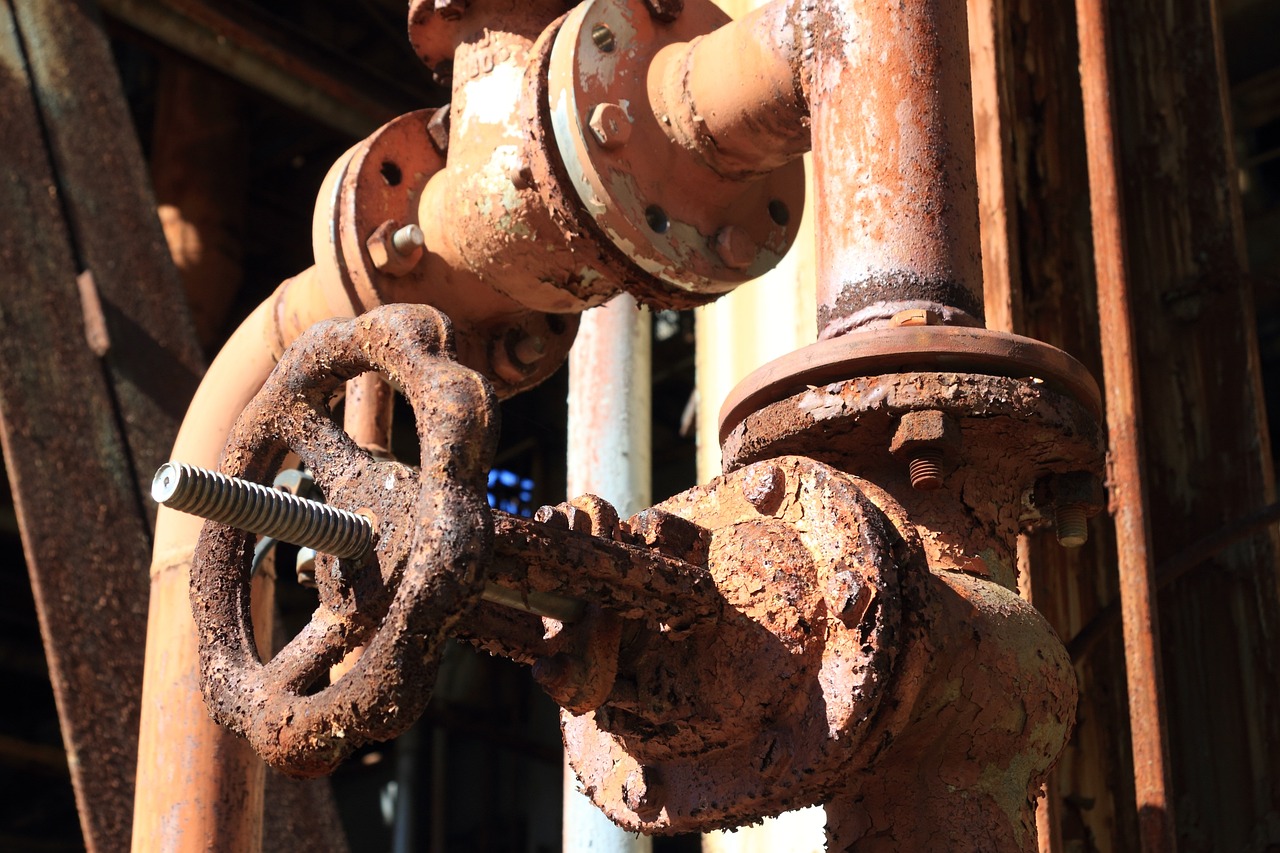Managing pipeline infrastructure is improved significantly by the use of industrial no-dig technology. It’s time to step into the future and embrace technology for reliable, faster solutions for pipelines across the board.
What is Industrial No-Dig Technology?
There are many different types of technology that can fall into this category. Ultimately, it’s looking at no-dig or trenchless solutions for pipeline needs. The goal is to be able to install, repair, or even replace pipelines with minimal excavation. This helps to reduce surface disruption and provides substantial benefits.
Key Benefits of Industrial No-Dig Solutions
There are plenty of benefits to consider when comparing no-dig technology to traditional repair methods. Take a look.
Minimal Disruption
With no-dig technology, you significantly reduce disruptions associated with the necessary repairs. This includes disruption to surfaces, environment, and infrastructure surrounding the pipeline. It also includes disruption and downtime to the business or industry impacted by the necessary repairs.
Economical
No-dig solutions are far more economical than traditional excavation and repairs. You might find that materials initially seem like they cost more. However, when you consider long-term costs as well as eliminating excavation, you usually come out ahead.
Efficiency
This is a quick and efficient way to handle repairs, replacement, or rehabilitation of a pipeline. It reduces the time required for completion and provides long-lasting, reliable repairs.
Popular Industrial No-Dig Techniques
The most popular no-dig solution is called CIPP. However, there are additional solutions that can be utilized as well. Below is a simple overview of common techniques.
CIPP
CIPP, or cured-in-place pipe, is a lining with resin coating it for placement in the pipeline. This liner gets inflated to adhere to the pipe. Then, the resin is cured to create a hardened pipe fixture. This lasts for 50+ years. It is also seamless and binds to the existing pipeline.
Pipe Bursting
Pipe bursting is commonly used to completely replace an existing pipeline. This method uses technology to fracture the pipe that in question while simultaneously running a new line. It’s great for lines with significant deterioration that seek replacement, and it avoids extensive digging at the same time.
Directional Drilling
In some cases, directional drilling is a good fit. This is also called HDD, which stands for horizontal directional drilling. This method drills a pilot hole along a very specific path, providing a place to accommodate a brand-new pipeline. As a result, this method is most popular when there is a road, river, or building in the path of the pipeline.
Slip Lining
Slip lining technology is very similar to CIPP. However, it uses a small pipe rather than the flexible liner. This new pipe is grouted to hold it inside the existing pipeline. It can make the pipeline slightly smaller in diameter. This is most common with large-diameter pipes that need to be rehabilitated for whatever reason.
No-Dig Technologies
Industrial no-dig technologies are the very future of pipeline rehabilitation and care. It’s time to embrace that future and experience the difference it makes. Additionally, these technologies provide substantial benefits that simply are not the same as traditional methods.
Contact us today to learn more about your options.
